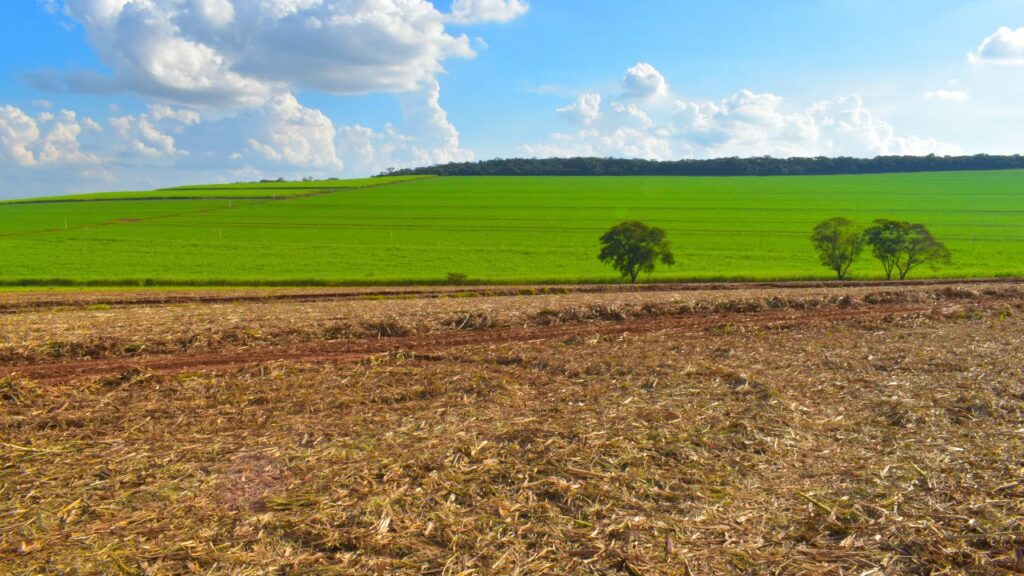Carlos Roberto Pinheiro Junior, João Luís Nunes Carvalho, Lucas Pecci Canisares, Ricardo de Oliveira Bordonal, Carlos Eduardo Pellegrino Cerri, Maurício Roberto Cherubin
Abstract
Sugarcane straw removal for bioenergy production—especially second-generation ethanol—is shown to be a promising pathway for decarbonization. However, indiscriminate straw removal can negatively affect soil-related ecosystem services (SES), compromising the sustainability of the associated bioenergy production. Here, a comprehensive literature review was conducted to select and quantify the changes in agronomic and environmental indicators affected by low (≤ 1/3), moderate (> 1/3 to ≤ 2/3), and high (> 2/3) straw removal levels and the consequential impacts on eight SES. A quali-quantitative approach was developed to generate an impact matrix that provides the direction of the effects (negative, neutral, or positive) and the associated confidence levels. Overall, the lowest impact on SES occurs under low straw removal with a neutral effect on C storage, nutrient cycling, weed control, greenhouse gas (GHG) mitigation, and provision of food and bioenergy. Water regulation, erosion control, and maintenance of soil biodiversity were the SES most negatively affected by straw removal. Moderate and high levels of straw removal negatively impact the maintenance of SES and compromise the sustainability of sugarcane cultivation areas, except for pest control and soil GHG emission mitigation. Finally, it was also discussed how the negative impacts of straw removal on SES could be mitigated or even reversed through the adoption of best management practices, such as cover crops, organic amendments, biological products (e.g., use of phosphate-solubilizing bacteria and mycorrhizal fungi), reduced tillage, and machinery traffic control. Ultimately, the results of this study can be useful to guide decision-making by farmers, investors, stakeholders, and policymakers toward sustainable bioenergy production that contributes to a low-carbon economy and climate change mitigation.





